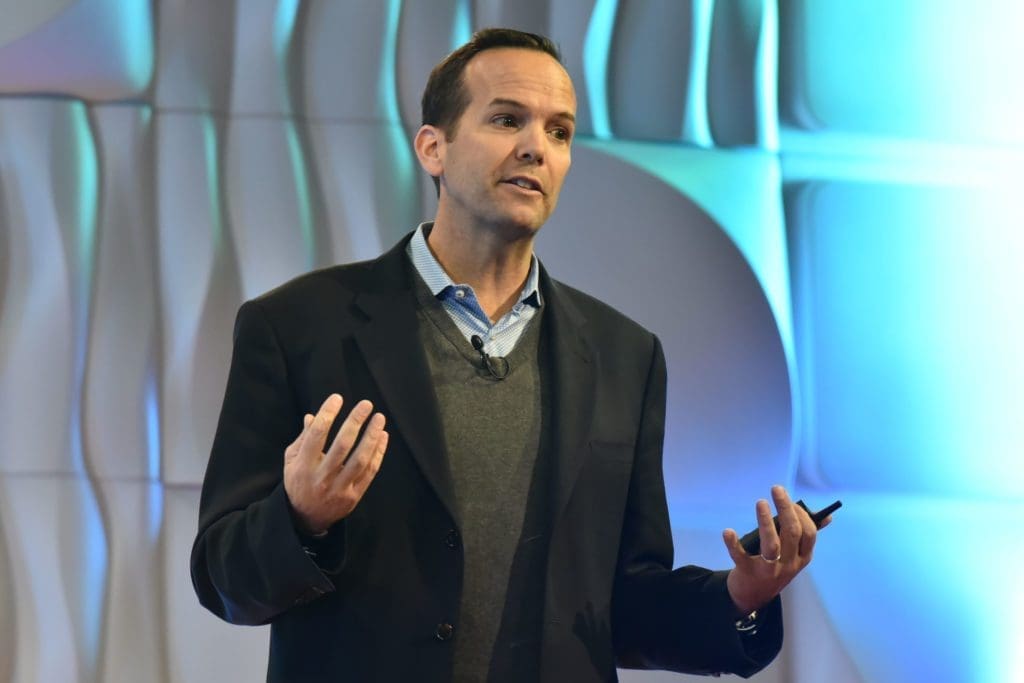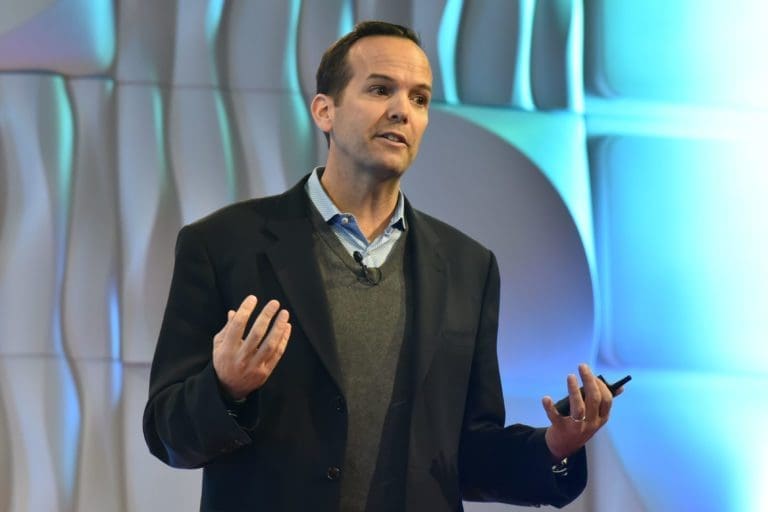
Upstart has been quietly doing something that many others have found difficult: building a profitable online consumer lending business. I caught up with Upstart CEO, Dave Girouard, recently to talk about the state of his business and where he sees the biggest opportunities today.
To date Upstart has issued $2.8 billion in consumer loans which equates to 230,000 loans and they are doing about $180 million a month right now. They will end the year with double the loan volume they did last year. But Dave was quick to point out that they are not all that focused on loan volume. The metric they are most focused on is profitability. They have just completed five profitable months in a row and are now generating $1-2 million a month in profits. They expect to be profitable on a quarterly basis going forward.
How have they been able to move to profitability? One contributing factor is automation. Given Dave’s background (and many others on the team) at Google they have been very focused on technology at Upstart from day one. They have created an underwriting engine that is built for automation. Today, two-thirds of their loans are entirely automated and the median time to close a loan deal is 28 minutes. Most of that time is waiting for the user to respond, Dave said it would take less than five minutes if the customer was completely responsive. Manually underwritten loans have a median close time of 50 hours, still a pretty good user experience. They have also kept customer acquisition costs in check as their cost per loan has remained stable even as loan volume has accelerated.
Upstart made a name for themselves as being the first lending platform to leverage artificial intelligence and machine learning in their underwriting. They have also always used alternative data to build their models and have used this data in new ways. To provide investors comfort that all this was blessed by the regulators they sought and received a no-action letter from the CFPB in 2017. They continue to report to the CFPB on a quarterly basis.
Now, four and a half years after issuing their first loan this approach is really starting to bear fruit as their credit model is a key differentiator for the company. According to Dave, “Upstart is the only major online lender whose actual losses were lower than the base case developed by Kroll.” There are certainly many online lenders who have far exceeded their estimated credit losses in recent years.
Upstart’s underwriting models keep getting better as they continue to improve it in three ways:
- Adding more data points
- Doing more loans so the model can learn
- Upgrading the software for the model
When it comes to data points Dave said they have a three-year backlog of new data points that they would like to integrate into the model.
On the funding side of their business Dave is very happy with the way that is progressing. They “have excessive demand from loan buyers and could fund twice the loan volume they are doing right now”. They did three securitization deals this year and they will continue with that rhythm going forward. But half of their loan buyers have no interest in securitization as they want to hold the loans to maturity.
Dave said that he sees the key to Upstart’s future growth is developing the bank partnership side of their business. While they have only officially announced one bank partnership, with BankMobile, they have actually signed five bank partners to date. They are not able to announce the other partners as of yet.
Today, almost 10% of their loan volume is coming from their bank partners and that percentage is growing. What is really interesting is that Upstart charges no origination fees on their bank partner loans. All of their borrowers go through the same funnel but bank-referred borrowers get a different offer than Upstart’s own borrowers.
Upstart considers their bank partnerships a SaaS-type business but this is not a traditional software licensing business. Many of their bank partners wanted help with marketing and customer acquisition so Upstart treats them as they would any other institutional investor with one big difference – bank funded loans carry no origination fee and so are often less expensive for the customer. With their bank funded loans banks pay a licensing fee so the process is economically neutral for Upstart.
Dave sees a big future with their SaaS model. While they have remained a monoline business to date, offering only unsecured consumer loans, he thinks they will eventually move to other products and this will be driven by their bank partners. As they start talking with larger banks many of these banks will want a partner that can help them with more than one product.
When we talked about the possibility of going public one day Dave was quite upbeat. He said that Upstart would be a likely IPO candidate in 12-18 months assuming favorable public market conditions.
My Take
Upstart has quietly built a strong and profitable business focused on one product. Where other platforms have faltered Upstart has stuck to their knitting and built a profitable business all the while growing at a good pace. And like many other platforms they are looking to banks to help grow their business but they have taken a unique approach in this endeavor.
As we enter a new year Upstart is well positioned to become a major success story in the online lending industry. They are a disciplined company that has stayed clear of trouble and are starting to hit their stride.


